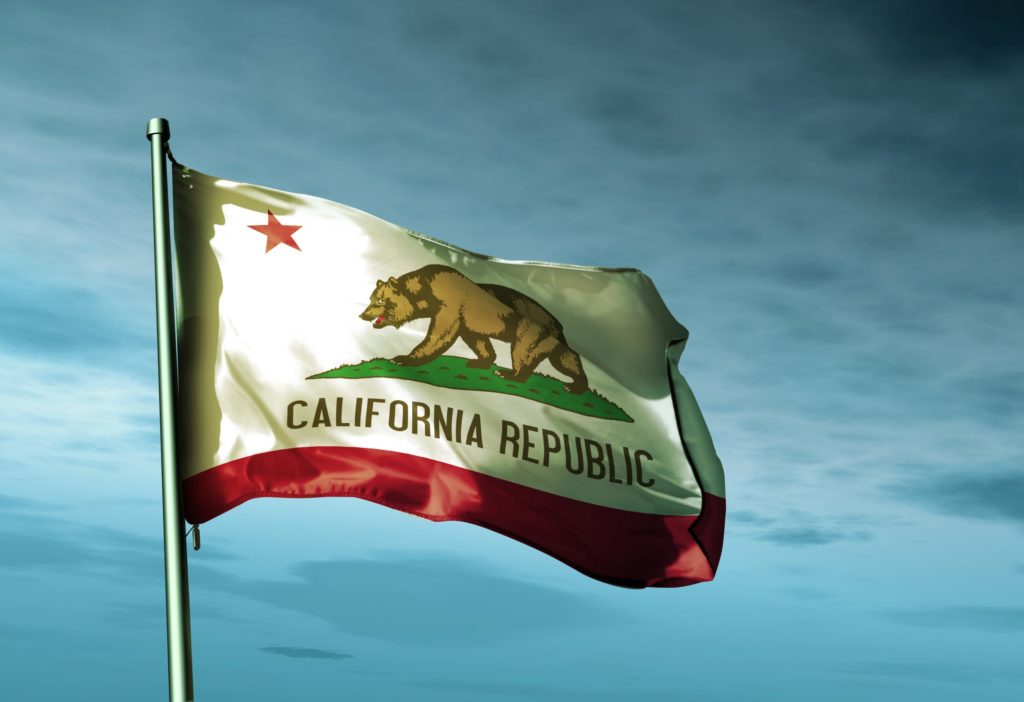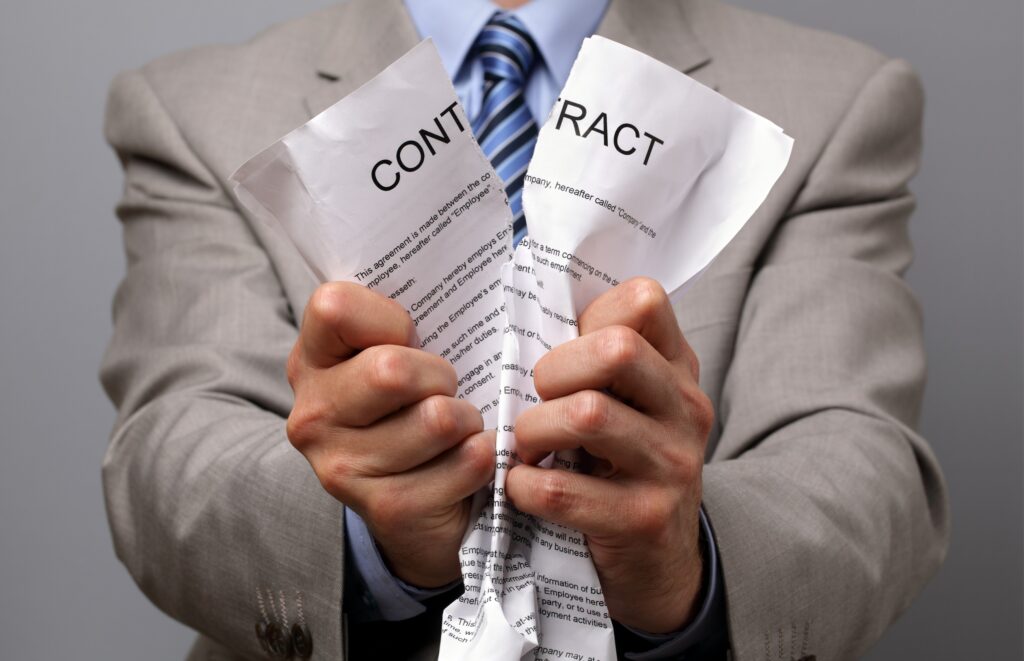The EPA’s propaganda machine
A little over a century ago, U.S. Rep. Frederick Gillett, R-Mass., read something in The New York Times that vexed him. The U.S. Department of Agriculture’s Bureau of Roads advertised that it was seeking to hire a publicity expert. Gillett could not understand why a government agency needed someone to “advertise” its work.
A few weeks later, on Sept. 6, 1913, Gillett introduced legislation, which read: “no money appropriated by this or any other act shall be used for the compensation of any publicity experts unless specifically appropriated for that purpose.” When House Agriculture Committee Chairman Asbury Lever, D-S.C., asked for his rationale, Gillett clarified that he saw no harm in agencies employing editors to write agency reports in “more popular language.” What offended Gillett was agencies spending public funds to “extol” their work.
Gillett’s amendment was accepted, and remains law to this day. In addition to the Gillett law, Congress has banned agencies from encouraging the public to lobby Congress, a prohibition included in the 2015 omnibus spending act. But one would not know it from a glance at how routinely agencies dole out propaganda.
Today, federal agencies regularly toot their horns to the public. They blog, post videos to YouTube, host Google hangouts and generally flood the Internet with feel-good messages. What would the children do without kids.usa.gov and its videos instructing them what gear they need to play various sports?
Of the lot, the Environmental Protection Agency might be the most pushy and self-aggrandizing. The agency has at least a dozen Twitter accounts that have posted more than 70,000 tweets over the past seven years. The EPA’s unabashed willingness to politick has been on full display in the recent public relations blitz to support its “Clean Power Plan.” The agency has posted videos, blogged, issued press releases and frenetically blasted out 140-character propaganda:
How would you spend $100 billion? Climate/weather disasters in the US cost that much in 2012! https://t.co/bnWoepAQRO #ActOnClimate
— U.S. EPA (@EPA) July 20, 2015
People w/heart & lung illnesses are especially vulnerable to excessive heat exposure. Climate change means more health risks. #ActOnClimate
— U.S. EPA (@EPA) July 28, 2015
Today w/#CleanPowerPlan we are showing the world what’s possible. Countries across the globe will step up as we lead. pic.twitter.com/YR4hAU6HDs
— U.S. EPA (@EPA) August 3, 2015
No one has led us to #ActOnClimate as fearlessly as @POTUS. It’s made all the difference for #CleanPowerPlan. pic.twitter.com/eoOeLKpk1X
— U.S. EPA (@EPA) August 3, 2015
Cost-benefit analysis is an inherently complex enterprise. Analysts can come to very different results, especially when one is trying to calculate the interplay between consumer demand, power production and climatological effects on health. The EPA, however, brooks no dissent and the agency’s public communications lack all nuance. The EPA Connect blog confidently asserts that, thanks to its new regulations:
By 2030, sulfur dioxide emissions from power plants will be 90 percent lower than 2005 levels, and emissions of nitrogen oxides will be 72 percent lower. Because these pollutants can create dangerous soot and smog, the historically low levels mean we’ll avoid 90,000 children’s asthma attacks, 300,000 missed days of school and work, and up to 3,600 premature deaths in 2030 alone.
As for those who think otherwise, EPA Administrator Tom Reynolds writes: “they’re wrong.“
Whatever one’s feelings about the risks of climate change and the new emissions regulations, it is undeniable the EPA is not simply informing the public. It is propagandizing. The EPA’s spin doctors are relentlessly on script, often in coordination with the Surgeon General’s Office and other Obama appointees.
The rationale for all this public-relations work is plain: the EPA is trying to build grassroots support for its agenda, presumably in hopes that widespread public support for it will kneecap critics in Congress.
This is not quite how the Founders drew up our government. Congress, by virtue of being popularly elected, is to represent the public interest. The legislature enacts the laws and the executive branch is supposed to implement them. If legislators stray from the desires of the voters, they get voted out. That is democratic accountability.
Congress’ best option is to direct the Government Accountability Office and the EPA Inspector General’s Office to audit the agency’s public-relations activities. This tactic has worked in the past. The Department of Health and Human Services dialed back its promotion of new Medicare benefits after it was subjected to GAO scrutiny. The Department of Defense abolished one of its public communications units after it was caught trying to manipulate press coverage.
The U.S. Constitution’s careful balance of powers goes out the window when executive agencies make policy unilaterally and then manufacture public sentiment in support.






